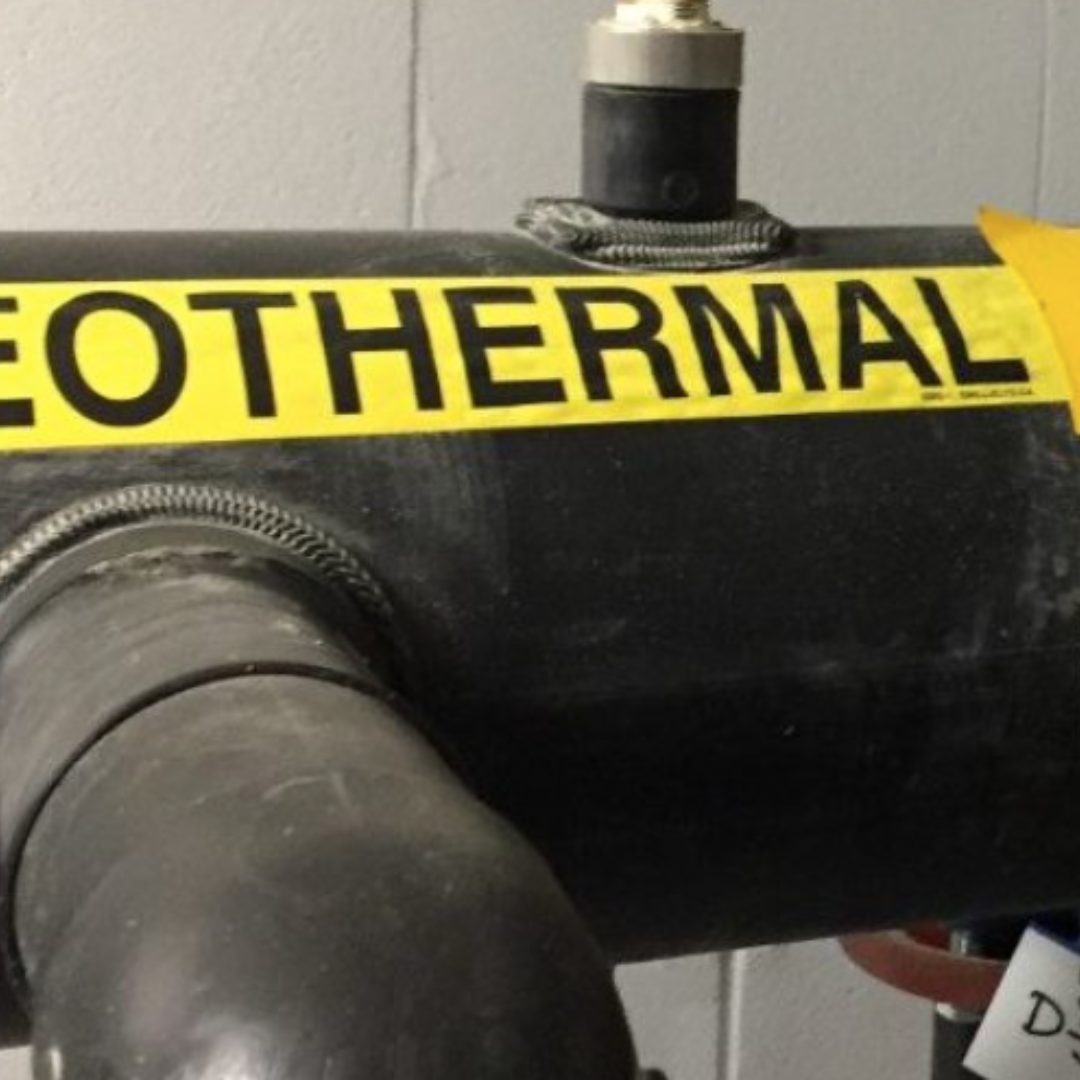
Overview
QUEST Canada has heard from a large number of diverse stakeholders wanting a more comprehensive net-zero dialogue – one that builds on electrification with the deployment of a diversity of additional local low-carbon energy solutions. Currently, we’re not adequately pursuing local low and zero emission solutions that are available right now, such as district energy, biofuels and renewable natural gas. And it’s limiting our ability to achieve net-zero.
Local solutions exist, but policy, regulation and accessible funding are standing in the way of local contributions to net-zero outcomes. A comprehensive approach that includes a diversity of local low-carbon energy solutions must be enabled in order to achieve our collective net-zero goals.
What the Experts are Saying
Achieving net-zero will require everyone as well as every low-carbon energy source in Canada working together. One technology is not going to provide everything we need everywhere in Canada; we’re going to need a portfolio of net-zero options that can scale and meet all our energy needs.
Local Low-Carbon Energy Solutions
What is District Energy?
What is Solar Thermal?
What are Building Integrated Systems?
What is Industrial and Agricultural Heat?
What are Renewable Gasses?
Biogas or Renewable Natural Gas, often sourced from municipal landfills or municipal organic waste, in addition to Hydrogen, can also help communities reduce emissions from their natural gas use today.
What is Adsorption Cooling?
What is Carbon Capture, Utilisation and Storage (CCUS)
What is a Hybrid Heating System?
What are Geothermal Heat Pumps?
What is Advanced Energy Management?
Dans l'actualité
NET ZERO PLANS OFFER COLD COMFORT TO CANADIANS
Plan Canada, October 25, 2022
Pages 12-14
Read the article
WHY ARE WE LIMITING OUR ABILITY TO ACHIEVE NET-ZERO?
QUEST CANADA, November 7, 2022
Lire le communiqué de presse
QUEST CANADA LAUNCHES CAMPAIGN TO OVERCOME NET-ZERO LIMITATIONS
Environment Journal,
November 10, 2022
Read the article
QUEST CANADA LAUNCHES CAMPAIGN TO OVERCOME NET-ZERO LIMITATIONS
DEC in Action, November 10, 2022
Read the article
"WHY ARE WE LIMITING OUR ABILITY TO ACHIEVE NET-ZERO?" ASKS QUEST
Energy Manager Canada, December 1, 2022
Read the article
Additional Resources
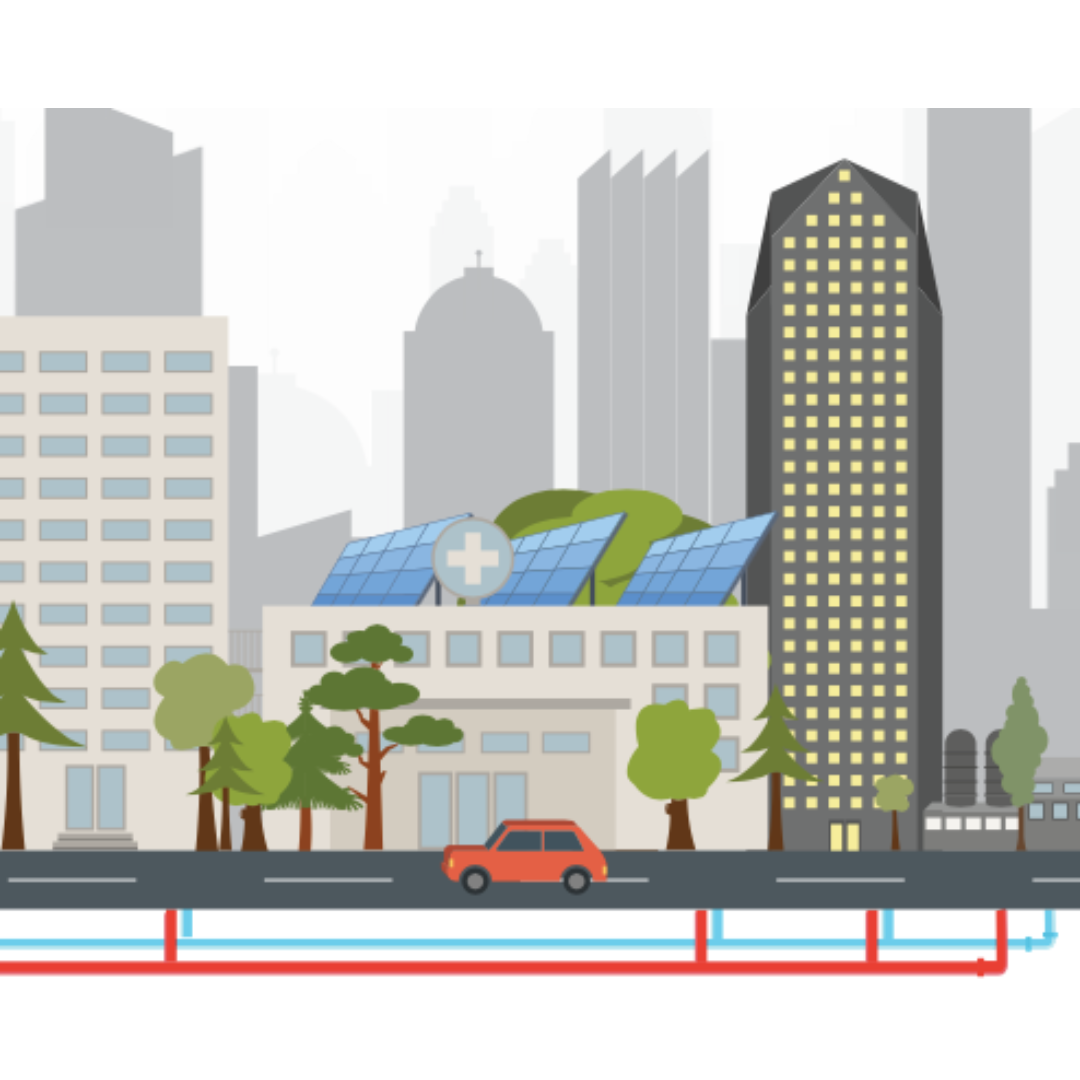
DISTRICT ENERGY 101
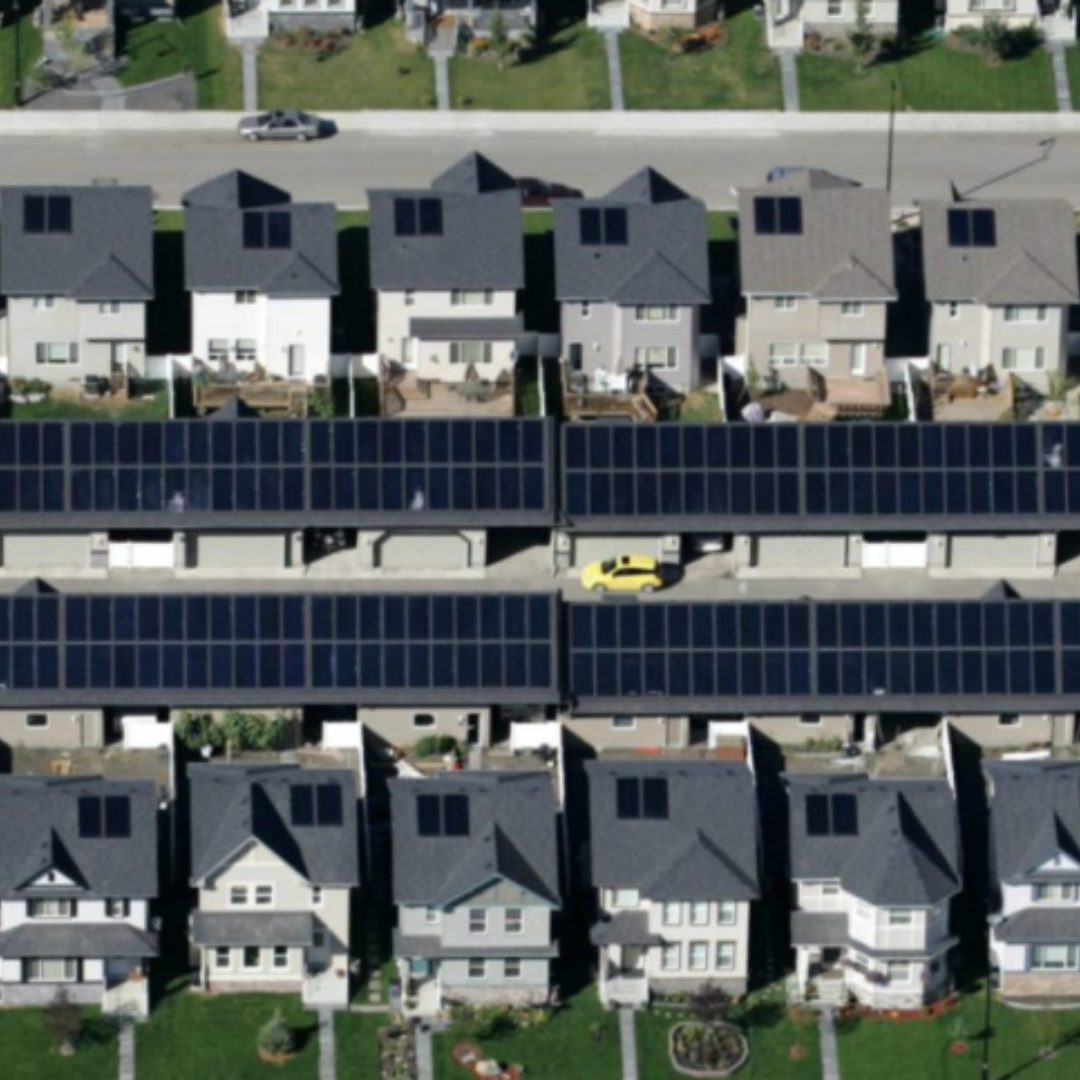
SOLAR THERMAL
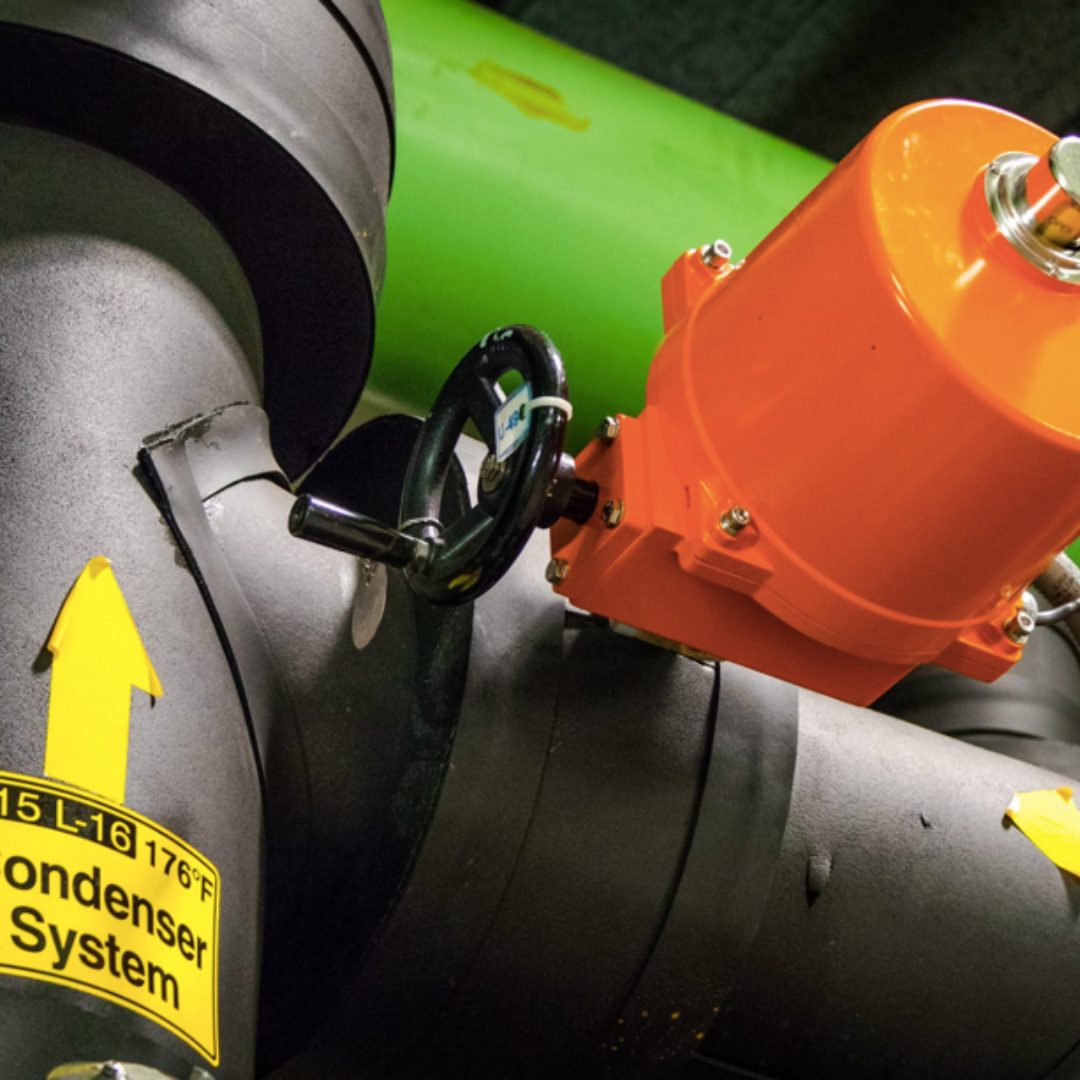
HEAT RECOVERY

CARBON CAPTURE, UTILISATION AND STORAGE

COP27 DECARBONIZATION DAY
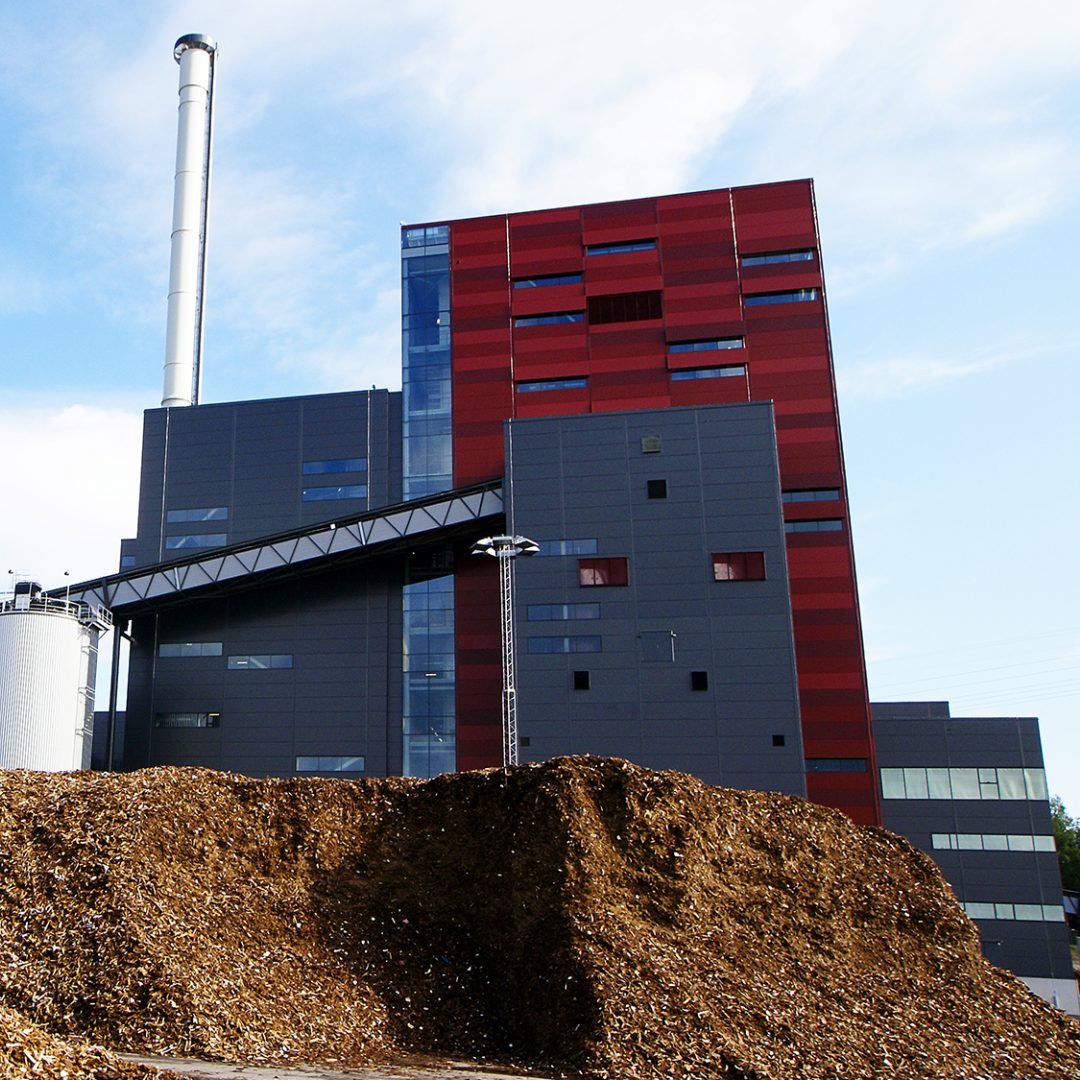
BIOENERGY

COP27 ENERGY DAY
